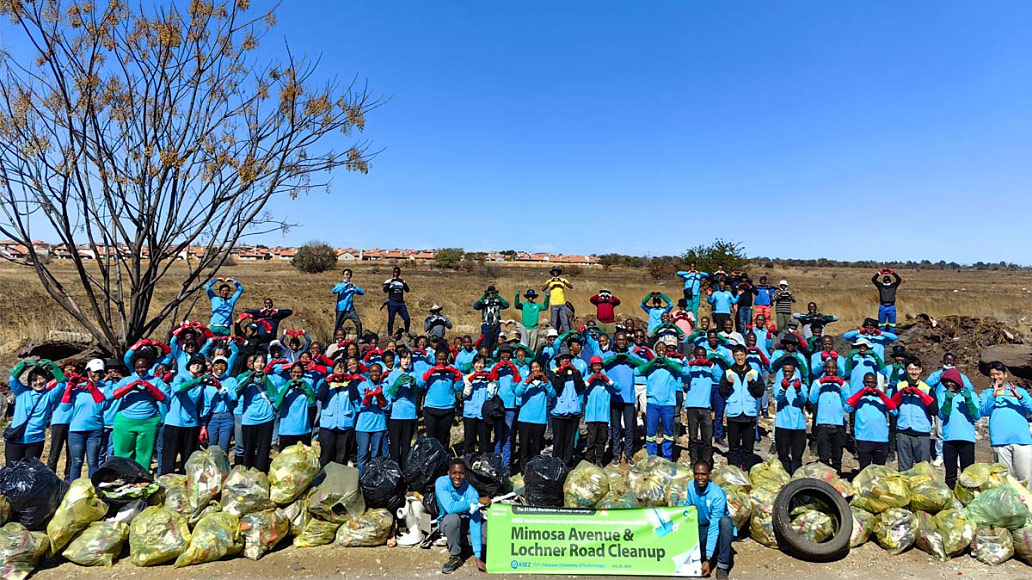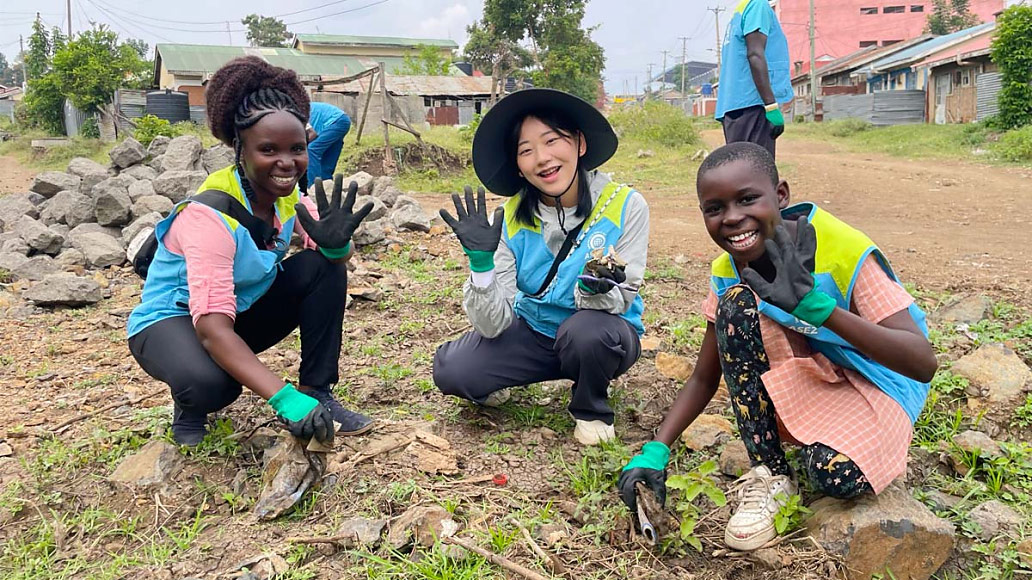June 5 is observed annually as World Environment Day, a designation made by the United Nations General Assembly during the UN Conference on the Human Environment held in Stockholm, Sweden, in 1972. This landmark conference marked the first international meeting where the global community committed to collaborating on environmental conservation. During the conference, the Declaration on the Human Environment was adopted, and it was agreed to establish the UN Environment Programme (UNEP) as a specialized agency of the UN.

In line with this resolution, UNEP, established in 1972, has been selecting and announcing a theme for World Environment Day each year since 1987. The event is hosted by a different country each year, with the host country choosing a theme and communicating various messages for global environmental restoration through forums.
This annual event has become a key platform for promoting the environmental aspects of the Sustainable Development Goals (SDGs). Organized by UNEP, it sees participation from over 150 countries each year. Major global corporations, non-governmental organizations, local communities, governments, and celebrities come together to raise awareness about environmental issues and take meaningful action.
The Theme for Environmental Day 2024: Restoration
The theme for World Environment Day 2024, marking its 53rd year, is “Our Land, Our Future, We are #GenerationRestoration.” This theme emphasizes the crucial importance of land restoration, combating desertification, and building resilience.
The host country, Saudi Arabia, is working to restore degraded land affected by rapid development and increased grazing. As the G20 chair, Saudi Arabia is spearheading the “Saudi Green Initiative,” which aims to plant 10 billion trees and restore 74 million hectares of land. Additionally, the “Middle East Green Initiative” seeks to plant 50 billion trees across the region. These initiatives are projected to reduce the average temperature in Riyadh by approximately 2°C.

These efforts will also contribute to reducing soil erosion, protecting biodiversity, and combating climate change. According to a report by the UN Convention to Combat Desertification, up to 40% of the world’s land is currently degraded, impacting around 3.2 billion people. Without urgent intervention, over 75% of the global population could experience drought by 2050. The UN has declared 2021–2030 as the Decade on Ecosystem Restoration, and Saudi Arabia’s initiatives are in alignment with this objective. Land restoration is crucial for achieving the SDGs and is a responsibility of this generation.
The Need and Method of Earth Restoration
Earth restoration involves “returning the environment to its previous state,” demanding more than just climate change mitigation. Around the world, scientists, NGOs, businesses, and governments are employing environmental processes and green technologies to restore ecosystems and forests, conserve soils, and enhance biodiversity. Experts emphasize that while sustainability is crucial, it alone is insufficient; greater and more comprehensive efforts are required.
Healthy ecosystems are vital to our lives, yet the expansion of agricultural land and climate change are causing significant land degradation. Each year, 24 billion metric tons of fertile soil are lost, a situation worsened by climate change. The UN estimates that restoring 350 million hectares of land by 2030 could generate 9 trillion USD in economic value and eliminate 13 to 26 billion metric tons of greenhouse gases.
As an example of land restoration, Sebastião Salgado in Brazil planted 2 million trees over 20 years to restore the rainforest. In 1994, China’s Loess Plateau regained ecological balance by planting shrubs on slopes and banning grazing. Additionally, the UN’s Great Green Wall Initiative is the largest ecosystem restoration project in the world and a flagship project of the UN Decade on Ecosystem Restoration. Since 2007, it has planted trees and other native plants on 53,000 hectares to combat desertification. This initiative aims to green Africa, promote sustainable land use, and create jobs.

The Piermont Marsh along the Hudson River was overtaken by invasive reed species, which prevent native wetland plants from growing and destroy wildlife habitats. Healthy wetlands serve as spawning grounds, bird nesting sites, pollutant filters, and barriers against coastal erosion. Through the Lamont-Doherty Earth Observatory’s Secondary School Field Research Program (SSFRP), high school and college students, along with high school science teachers, collaborated with Lamont scientists to remove invasive reeds in an eco-friendly manner and restore the marsh, allowing native species to thrive again.
These restoration efforts encompass reforestation, biodiversity conservation, and networking activities, all of which require proactive measures to protect and restore nature.
ASEZ Earth Recovery Project
As the world declares war on desertification, which threatens the global economy and causes food crises, and takes proactive steps to restore land, ASEZ is launching the “Earth Recovery Project” with members worldwide to contribute to environmental restoration. This project aims to combat rapidly advancing desertification by addressing the root causes and rehabilitating degraded areas.
The Earth Recovery Project consists of four core activities, and the details are as follows.
- Reforestation
Reforestation by planting trees in devastated forests - Conservation of Biodiversity
Preservation of ecosystems by restoring degraded land - Reduction of Pollution
Prevention of climate change and preservation of ecosystems by reducing and removing anthropogenic pollution caused by human activities - Meeting With Policymakers
Establishment of a sustainable network to fundamentally solve desertification and present realistic policy solutions at the international and national levels
ASEZ Earht Recovery Day
As part of the four core activities of the Earth Recovery Project, ASEZ members designated ASEZ Earth Recovery Day and engaged in plogging to reduce pollution. Plogging combines the Swedish word plocka upp, meaning to pick up, with the English word jogging, and involves picking up litter while jogging.
From June to July, ASEZ Earth Recovery Day featured active global restoration efforts in locations including Douala in Cameroon, near Hankuk University of Foreign Studies in Rep. of Korea, and along North Avenue Beach in Chicago, U.S.
As people around the world face unprecedented climate disasters and growing concerns, ASEZ is committed to addressing the issue through both small individual actions and large-scale global efforts. While restoring the planet is challenging, it is not insurmountable. By making small sacrifices, paying closer attention, and working together, even a single individual’s efforts can lead to remarkable changes in the world.
As scientists warn of the ongoing sixth mass extinction, restoring just 15% of land affected by desertification could prevent 60% of species extinctions. The more we give back to nature, the more it will enrich and sustain humanity. We hope that more people will join ASEZ’s efforts to build a future filled with hope rather than despair.


